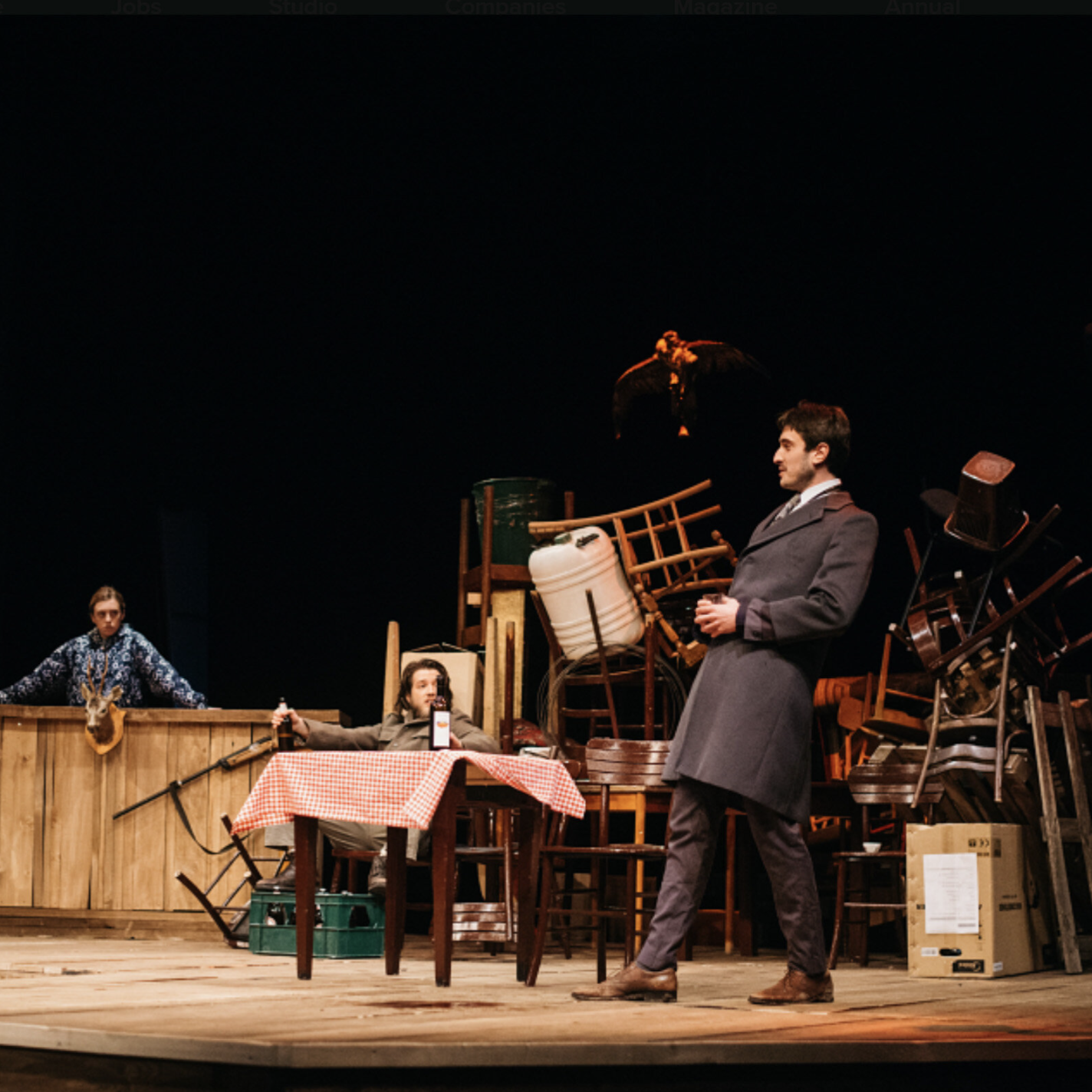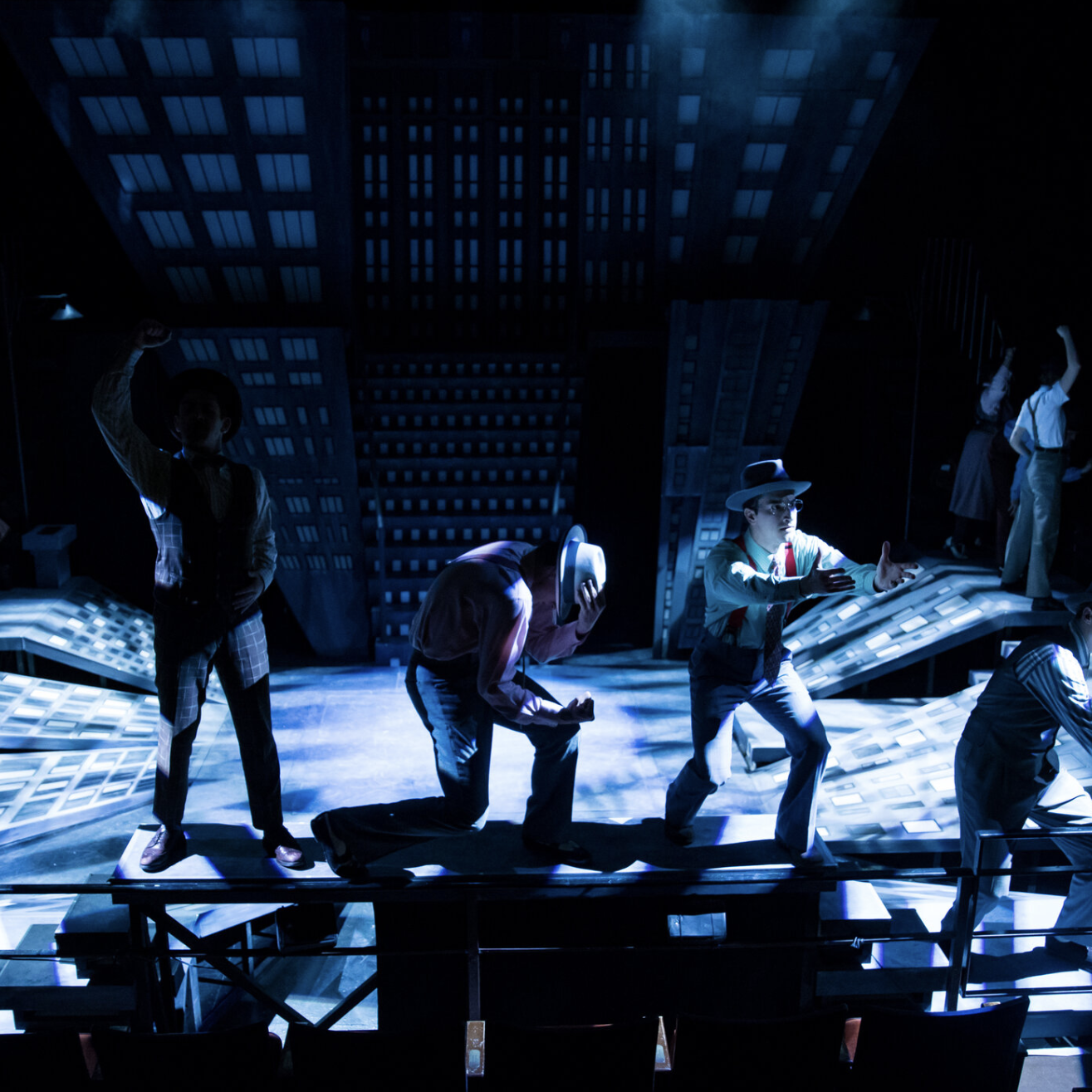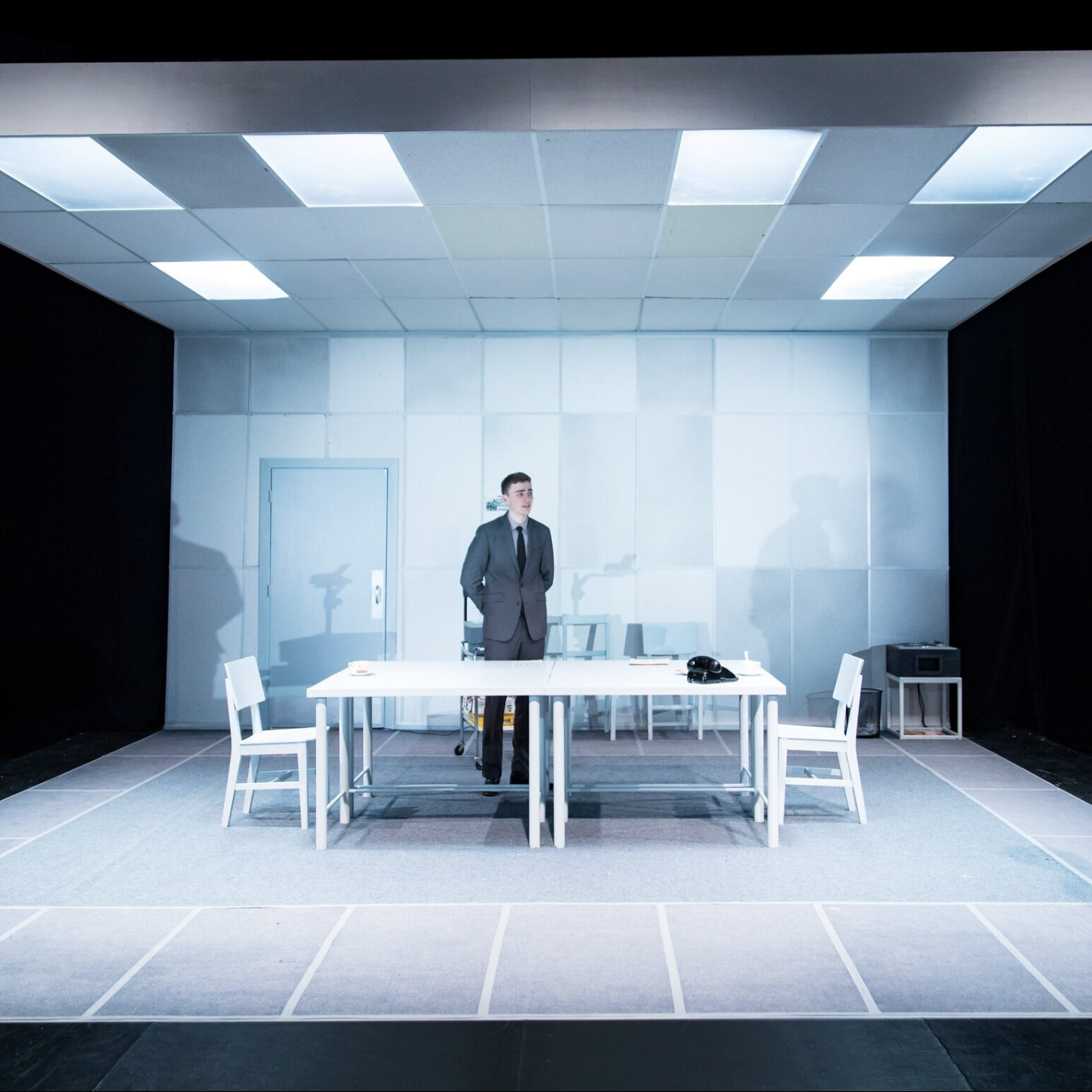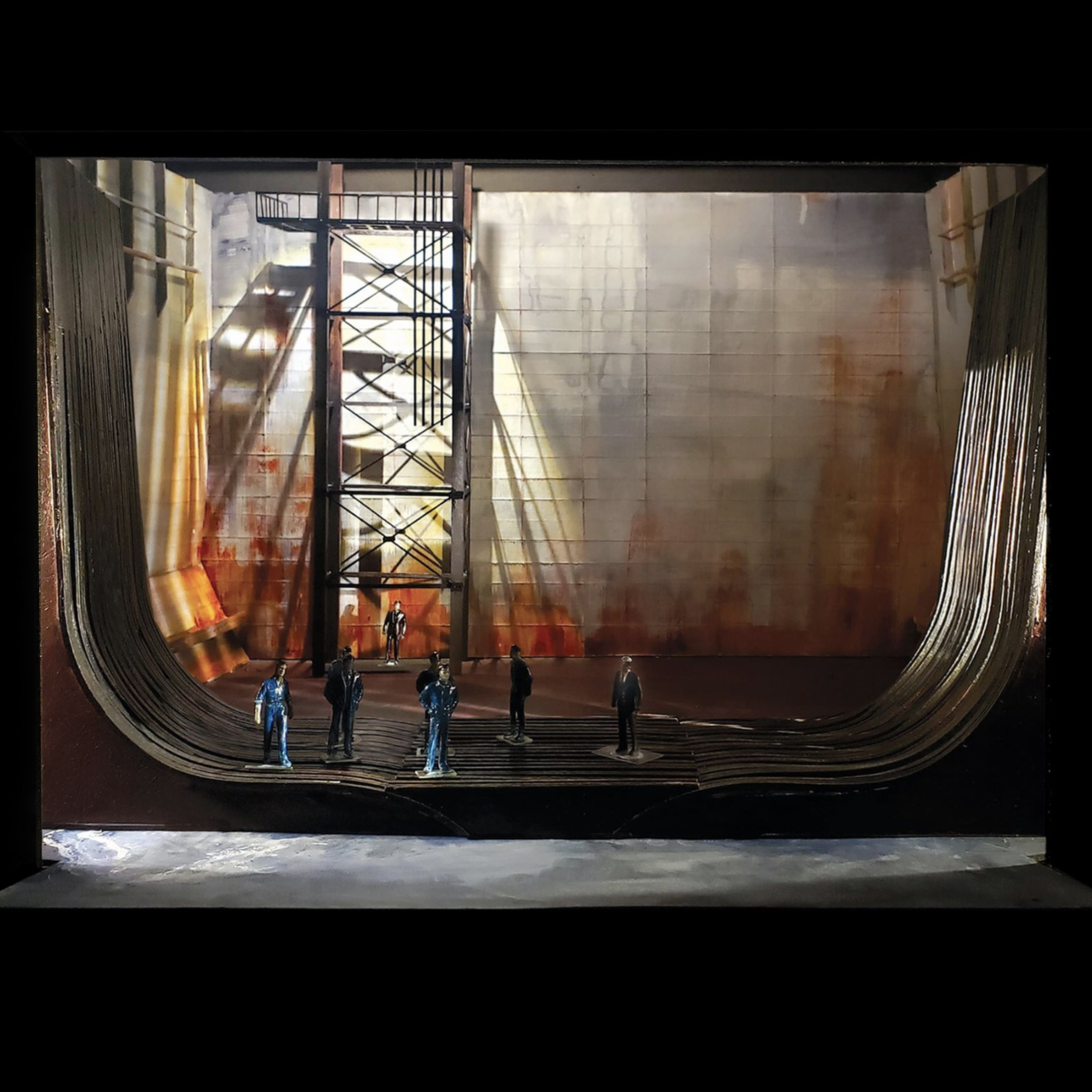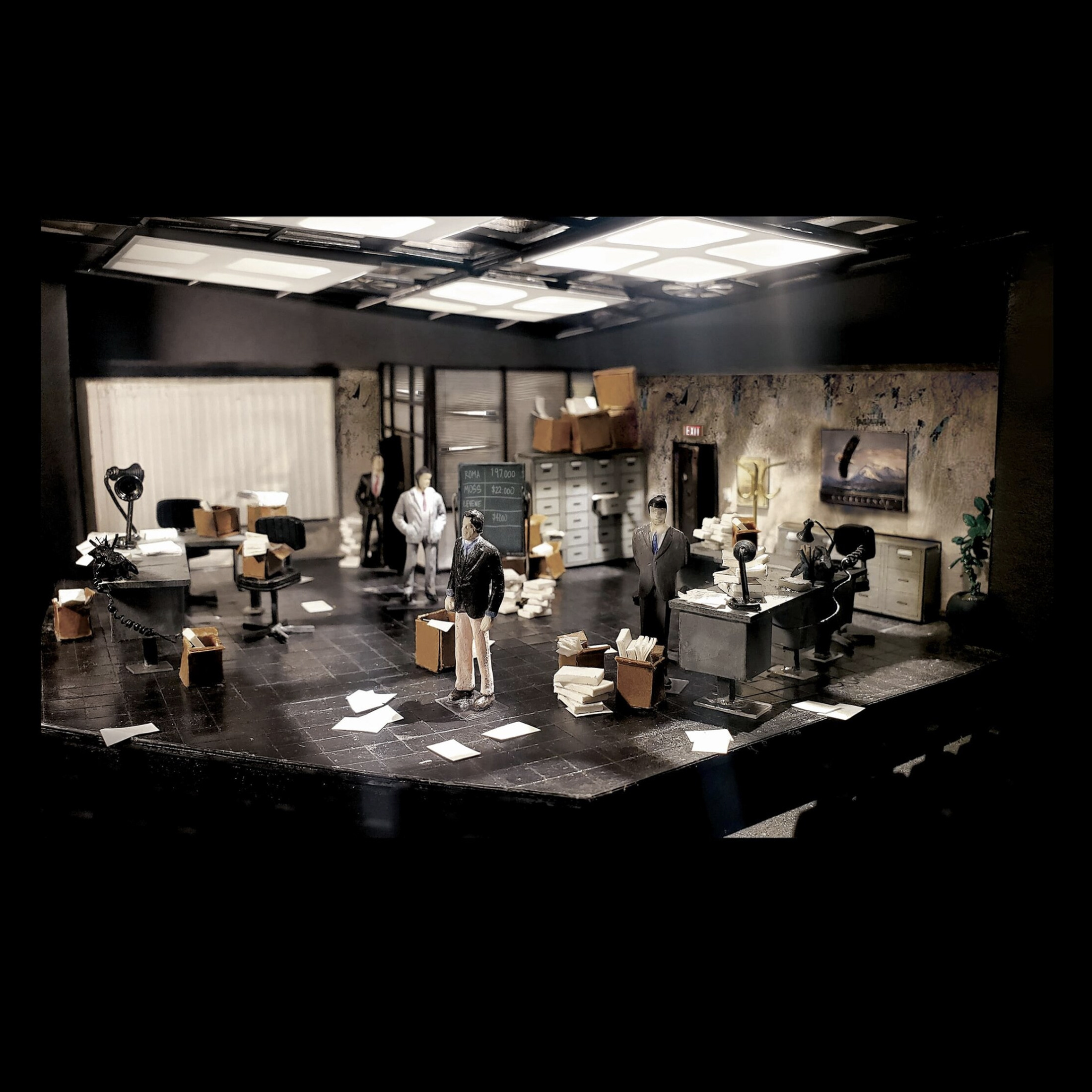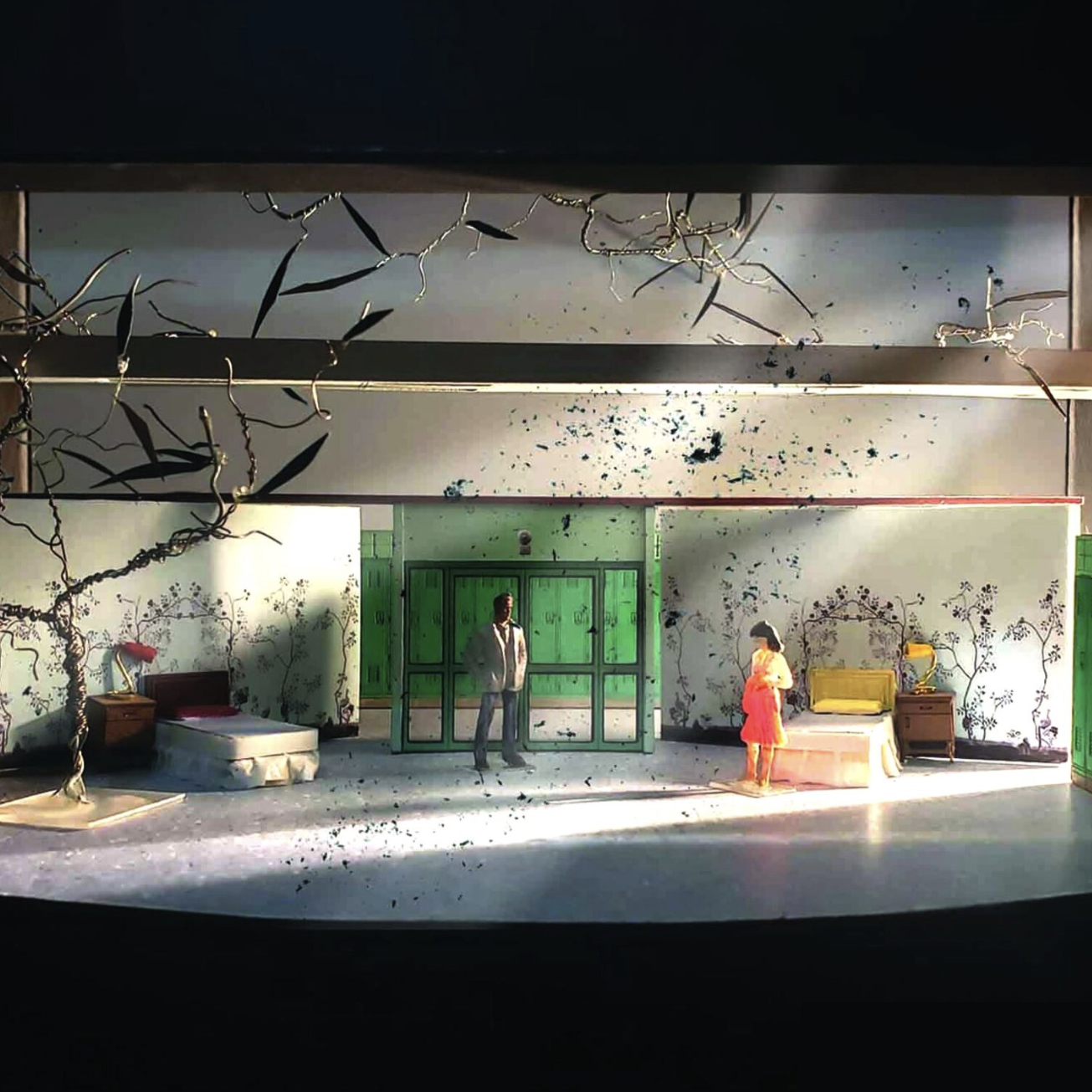The Rome we chose to build was not crafted from pristine white marble, but from black stone. This blackness serves as a warning — a reflection of the bloodshed born from a divided nation, much like what we witness today. Our Rome is a country in civil war, its foundations fractured by conflicts among those who were once allies. Betrayal runs deep here, more intimate and devastating than any war fought against an external enemy.
We see a circle of men in power making decisions that will send a new, young generation to their deaths. Leaders prove to be replaceable — their downfall symbolized by the tearing down of posters and the killing of Caesar — yet the question remains: Who do we trust to lead us next? The difficulty of this choice becomes clear as those in power manipulate the masses — the plebeians — who, though most affected, are the easiest to sway.
The conspirators’ thirst for power, and their willingness to kill for it, infects society like a disease. To represent this contamination in our production, we replaced blood with mud — a substance that spreads easily, symbolizing both the moral filth and the corruption of motives behind these fatal decisions.
By the end, the futility of ideological war is laid bare. In a hauntingly beautiful scene, we witness the young dying for the ideals of their elders. Slowly, we realize that everything we fought to preserve — the structure, the order, the hope — has crumbled. We are left in a black, shattered world, facing the promise of a new cycle that seems as dark as the one before.

